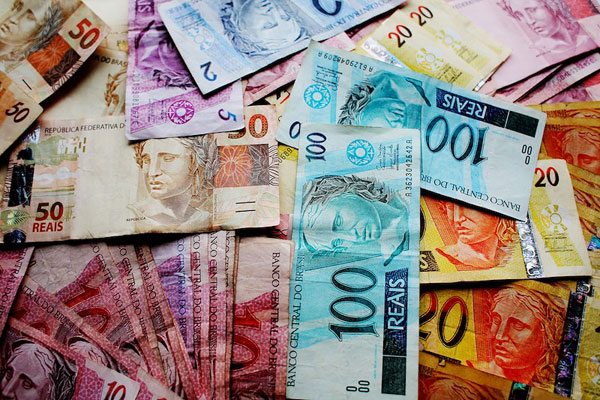Argentina and Brazil to make a joint currency

[Photo Credit to Peakpx]
On January 22, Alberto Fernández, the president of Argentina, and Luiz Inácio Lula da Silva, the president of Brazil, announced they would begin making plans for a common currency known as the “Sur”, which could eventually lead to a full currency union that would join South America's largest economy to one of its worst.
This new currency provides a new path to de-dollarization for both countries.
For Argentina specifically, it also provides a way to prevent its eighth sovereign default since gaining independence in 1816, which the government is negotiating with the IMF.
Currently, Argentina’s economy is struggling as their vault supply is running low.
Local banks are making room for soaring peso stocks as annual inflation reached almost 100% and the central bank issued a bill to finance the government's fiscal deficit.
Capital controls have been reinforced by authorities, and imports have stopped.
The concept of joint currency between the two nations has historical precedent.
First came the "gaucho," a currency designed to take the place of Argentina's Austral and Brazil's Cruzado until it was abandoned in 1988 due to economic unrest.
On its heels came two initiatives: the sucre experiment, led by Venezuela, which aimed to lessen the continent's reliance on the US dollar, and a proposal by members of the Mercosur trade alliance to adopt a unified currency.
Argentina is constantly short of dollars to cover loans and imports because it is prone to selling foreign reserves to support their national currency.
A shared currency would provide alternative reserves and facilitate trade between neighbors. Argentina's top trading partner is Brazil.
President Lula stands a chance to gain a reputation boost through the revival of this idea.
According to President Lula, the main reason for the launch of this new currency is to lessen dependence on the U.S. dollar, which is hurting both countries.
He believes that this change is necessary and that the countries must not repeat the same mistakes they made in the 20th and 21st century.
Additionally, he cites a boost in regional trade as a reason for the creation of the currency.
It was initially believed by analysts that the currency could come to be similar to the Euro, although there are stark differences.
This currency is not intended to be used throughout South America, instead, it will initially be used in Argentina and Brazil and in the future in the Mercosur trade bloc (Brazil, Argentina, Paraguay, and Uruguay).
Additionally, this new currency will not be used for consumer spending, and each country will keep its respective currency.
Argentina, which is experiencing rampant inflation as the central bank continues to print money to support spending, would benefit most from a new single currency.
According to figures from the central bank, the amount of money in circulation doubled during President Alberto Fernández's first three years in office.
The highest denomination peso bill is now worth less than $3 USD.
Brazil, the largest country in Latin America, is in a better position economically, but it is far from a shining example of progress, raising questions about its ability to undergo this currency change.
For the second consecutive year, Brazil’s inflation in 2022 was higher than the upper limit of the goal range set by the central bank.
A year before the country entered its greatest recession in a century, the Brazilian Real had lost half of its value against the Dollar.
The country's chances for development are still dim, and it has not seen a primary budget surplus since 2013.
According to Mohamed A. El-Erian, former CEO of Pimco, one of the world’s premier fixed-income investment managers “Neither country has the initial conditions to make this succeed and attract others.
The best this initiative can hope for is that talk creates some political cover for much-needed economic reforms.”
According to Fernández, neither he nor his Brazilian colleague is aware of how the currency would operate in the area or between their two nations.
But he said that they all concur that using foreign currency exclusively for commerce is bad.
Argentina is one of several countries whose debt is denominated in dollars, and whose debt repayment is made more difficult by the recent appreciation of the dollar.
Its central bank is reluctant to sell dollars to importers for trade because it needs its valuable dollar reserves to settle foreign debt and intervene in the currency market to stop devaluation.

- Andy Kim / Grade 11
- Thomas Jefferson High School for Science and Technology

![THE HERALD STUDENT REPORTERS [US]](/assets/images/logo_student_us.png)
![THE HERALD STUDENT REPORTERS [Canada]](/assets/images/logo_student_ca.png)
